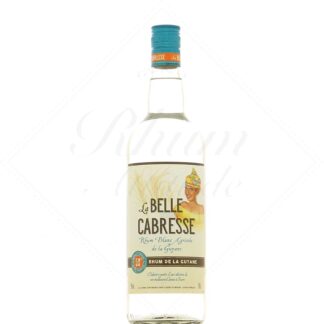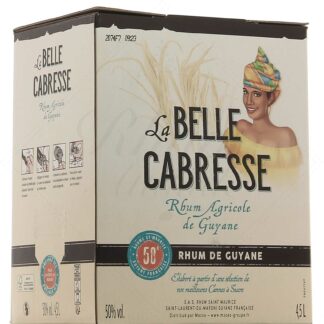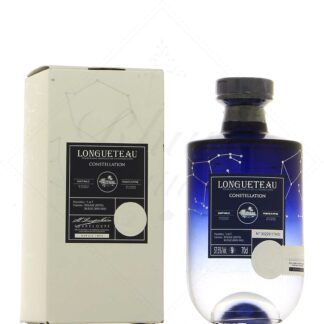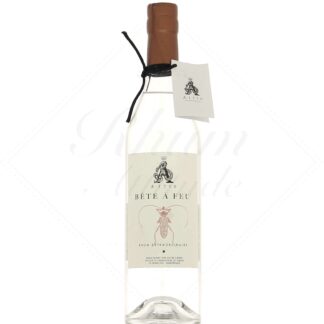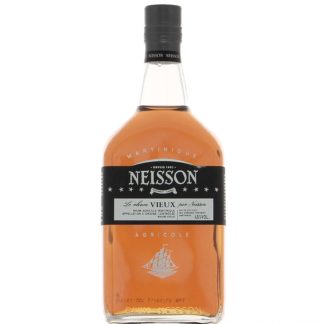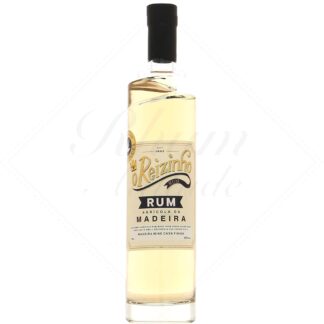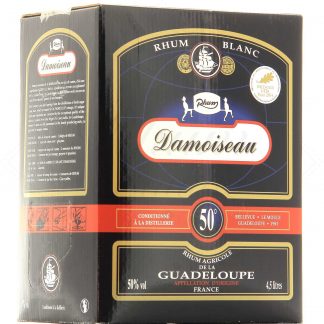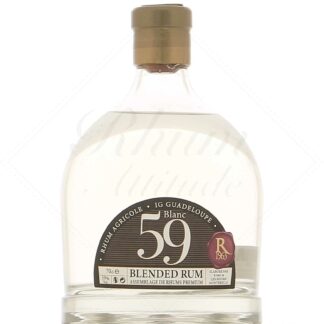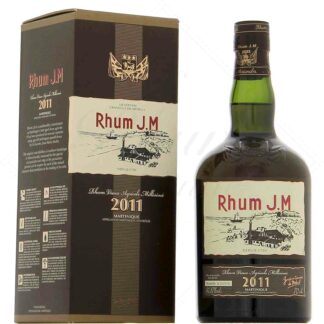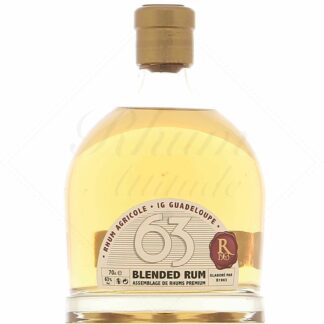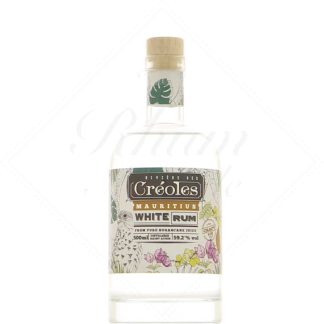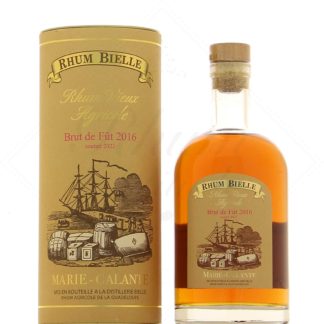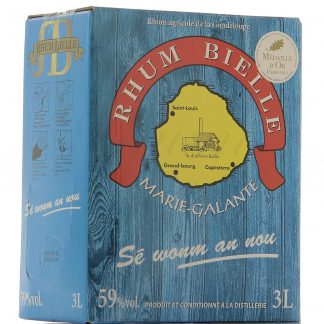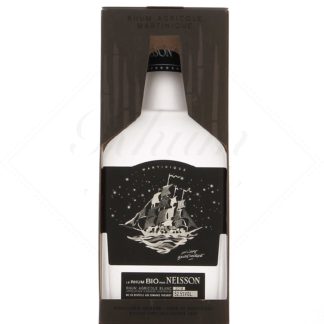Pure cane juice rum
Although over 90% of the rums officially sold on the market are made from molasses, rums made from pure cane juice are a very popular style with connoisseurs. This category is also quite broad, since traditions and methods vary according to geography.
What these rums have in common is a plant that was first domesticated in Indonesia. Saccharum Officinarum then spread to Asia, the Middle East and Europe. It then spread throughout the world through colonization.
The first traces of distillation of pure cane juice were found in Brazil, with cachaça. Today, some small distilleries continue to produce traditional cane brandies. They can be found in Brazil or anywhere else in the world. Examples include Cape Verde, South Africa, Mexico, Haiti...
A great style has emerged from this practice: rhum agricole. Primarily from the French West Indies, it is also produced in French Guiana, Reunion and Madeira.
Rum made from pure cane juice is undoubtedly the rum that most reflects the terroir in which it was produced. The variety of cane, the climate, the exposure, the humidity... Everything has an influence on the vesou and therefore on the rum that comes from it. To find out more, read our article on the importance of cane and terroir in rum production.
The different styles of pure cane juice rums
Rums made from pure cane juice go by many different names, depending on where they are produced. Cachaça, clairin, grogue, aguardiente or aguardente de cana, rhum agricole... All these spirits are made from sugarcane juice.
Agricultural rum
Exclusively produced in French overseas departments (Martinique, Guadeloupe, Réunion, Guyana), and Madeira (agricultural rum regulations are governed by Europe, to which this island is attached). This category naturally includes AOC Martinique rums.
La cachaça
A cane brandy from Brazil. It can be produced traditionally (in alembics) or more industrially (with short fermentations and distillation columns).
Le clairin
A rum made from pure Haitian cane juice. Its production is largely traditional. It is still made as in the early days of rum. It may be the result of fermentation of pure juice or syrup.
The growler
This is the name of Cape Verdean sugarcane brandy. It was the Jews expelled from Portugal in the 16th century who imported their stills and distilled the pure sugarcane juice. Today, production remains highly artisanal, although the Cape Verdean authorities introduced a grogue charter at the beginning of the 21st century.
Aguardiente de caña
Latin America is largely dominated by molasses rum production. But almost every country has its own brandy made from pure sugarcane juice. In Mexico, cane is grown and distilled among agaves, and there's even an appellation of origin: Charanda.
Aguardientes are also found in Colombia, Peru, Ecuador, etc. etc...
And all the others...
Pure cane juice rums can be found all over the world, from Tahiti to Thailand, via South Africa and Mauritius. Official distilleries such as Manutea, Issan, Mhoba and Chamarel coexist with thousands of small distillers on every continent, as well as in the Caribbean, where moonshine is still common practice. Read less
